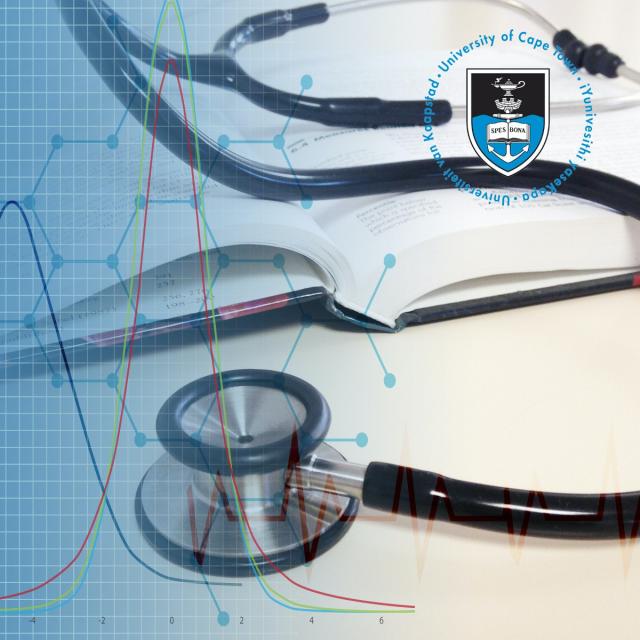MOOC List is learner-supported. When you buy through links on our site, we may earn an affiliate commission.

MOOC List is learner-supported. When you buy through links on our site, we may earn an affiliate commission.
If you are simply interested in properly understanding the published literature or if you are embarking on conducting your own research, this course is your first step. It offers an easy entry into interpreting common statistical concepts without getting into nitty-gritty mathematical formulae. To be able to interpret and understand these concepts is the best way to start your journey into the world of clinical literature. That’s where this course comes in - so let’s get started!
Syllabus
Week 1
Getting things started by defining study types
Welcome to the first week. Here we’ll provide an intuitive understanding of clinical research results. So this isn’t a comprehensive statistics course - rather it offers a practical orientation to the field of medical research and commonly used statistical analysis. The first topics we will look at are research methods and data collection with a specific focus on study types. By the end, you should be able to identify which study types are being used and why the researchers selected them, when you are later reading a published paper.
Week 2
Describing your data
We finally get started with the statistics. Have you ever looked at the methods and results section of any healthcare research publication and noted the variety of statistical tests used? You would have come across terms like t-test, Mann-Whitney-U test, Wilcoxon test, Fisher’s exact test, and the ubiquitous chi-squared test. Why so many tests you might wonder? It’s all about types of data. This week I am going to tackle the differences in data that determine what type of statistical test we can use in making sense of our data.
Week 3
Building an intuitive understanding of statistical analysis
There is hardly any healthcare professional who is unfamiliar with the p-value. It is usually understood to have a watershed value of 0.05. If a research question is evaluated through the collection of data points and statistical analysis reveals a value less that 0.05, we accept this a proof that some significant difference was found, at least statistically.In reality things are a bit more complicated than that. The literature is currently full of questions about the ubiquitous p-vale and why it is not the panacea many of us have used it as. During this week you will develop an intuitive understanding of concept of a p-value. From there, I'll move on to the heart of probability theory, the Central Limit Theorem and data distribution.
Week 4
The important first steps: Hypothesis testing and confidence levels
In general, a researcher has a question in mind that he or she needs to answer. Everyone might have an opinion on this question (or answer), but a researcher looks for the answer by designing an experiment and investigating the outcome. First, we will look at hypotheses and how they relate to ethical and unbiased research and reporting. We'll also tackle confidence intervals which I believe are one of the least understood and often misrepresented values in healthcare research. The most common tests used in the literature to compare numerical data point values are t-tests, analysis of variance, and linear regression. In the last lesson we take a closer look at these tests, but perhaps more importantly, their strict assumptions.
Week 5
Which test should you use?
The most common statistical test that you might come across in the literature is the t-test. There are, in actual fact, a few t-tests, but the one most are familiar with, is of course, Student’s t-test and its ubiquitous p-value. Not everyone, though, knows that the name Student was actually a pseudonym, used by William Gosset (1876 - 1937). Parametric tests have very strict assumptions that must be met before their use is justified. In this lesson we take a closer look at these tests, but perhaps more importantly, their strict assumptions. Once you know these, you will be able to identify when these tests are used inappropriately.
Week 6
Categorical data and analyzing accuracy of results
Congratulations! You've reached the final week of the course Understanding Clinical Research. In this lesson we will take a look at how good tests are at picking up the presence or absence of disease, helping us choose appropriate tests, and how to interpret positive and negative results. We’ll decipher sensitivity, specificity, positive and negative predictive values. You'll end of this course with a final exam, to test the knowledge and application you've learned in this course. I hope you've enjoyed this course and it helps your understanding of clinical research.
MOOC List is learner-supported. When you buy through links on our site, we may earn an affiliate commission.
MOOC List is learner-supported. When you buy through links on our site, we may earn an affiliate commission.
